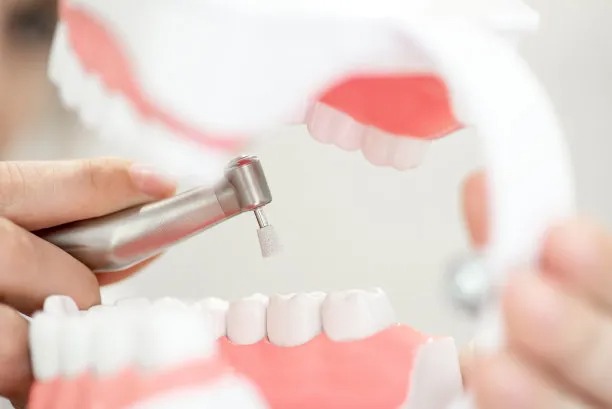Understanding the Process and Reasons Behind Extracting a Tooth for Improved Oral Health and Wellbeing
Summary: Extracting a tooth may seem daunting, but it is often a necessary procedure to improve overall oral health and wellbeing. This article delves into the process of tooth extraction, emphasizing its significance. It explores various reasons for tooth removal, such as serious decay, crowding, and periodontal disease. Furthermore, it highlights the benefits of extraction, including pain alleviation and enhanced oral hygiene. The article also addresses the post-extraction care required for effective healing. By understanding these facets, individuals can appreciate why tooth extraction can be a pivotal step towards achieving better oral health.
1. Understanding the Tooth Extraction Process

Tooth extraction is a surgical procedure that involves the removal of a tooth from its socket in the bone. The process typically begins with an initial consultation, where the dentist evaluates the condition of the tooth and discusses the reasons for extraction. This often includes assessing factors such as infection, decay severity, and overall oral health.
During the extraction, local anesthesia is administered to numb the area, ensuring the patient feels minimal discomfort. For more complex cases, such as impacted wisdom teeth, sedation might be used to alleviate anxiety and provide a more comfortable experience. The dentist employs specific tools to carefully loosen and remove the tooth, taking care to minimize damage to surrounding tissue.
Post-extraction, patients receive detailed instructions on how to care for the extraction site. Following these guidelines is essential for promoting proper healing and minimizing complications like dry socket or infection, thus facilitating a smooth recovery process.
2. Reasons for Tooth Extraction
There are various reasons why a tooth may need to be extracted. One of the most common causes is severe tooth decay that has compromised the integrity of the tooth beyond repair. When decay reaches the tooths pulp, it can lead to pain and infection, necessitating extraction as a viable solution.
Another prevalent reason for extraction is overcrowding in the mouth. In certain cases, orthodontic treatment (such as braces) requires the removal of one or more teeth to create adequate space for proper alignment. This is often planned meticulously by dental professionals to ensure optimal long-term results.
Furthermore, periodontal disease can cause significant gum deterioration, leading to loose teeth. In advanced stages, extracting the affected teeth may be necessary to preserve the overall health of the gums and remaining teeth. In all these cases, the primary goal is to enhance oral health and prevent further complications.
3. Benefits of Tooth Extraction for Oral Health
Tooth extraction can yield several benefits for oral health. First and foremost, the removal of a problematic tooth alleviates pain and discomfort caused by infection or decay. Patients often report an immediate sense of relief following the procedure, which can significantly improve their quality of life.
Additionally, by extracting teeth that contribute to overcrowding, individuals can achieve better alignment of their remaining teeth. This not only enhances the aesthetic appearance of the smile but also improves oral function, making it easier to chew and maintain proper oral hygiene.
Moreover, eliminating teeth affected by periodontal disease can halt the progression of gum deterioration, protecting adjacent teeth and their supporting structures. This proactive approach ensures better long-term oral health outcomes and can prevent the need for more invasive dental treatments down the line.
4. Post-Extraction Care for Optimal Recovery
After undergoing a tooth extraction, proper care is crucial for effective recovery. Initially, patients are advised to bite on a gauze pad for the first few hours to help stop any bleeding. Avoiding strenuous activities for a couple of days is also recommended to minimize swelling and discomfort.
Maintaining good oral hygiene during recovery is essential, but care must be taken to avoid the extraction site. Gentle rinsing with warm salt water can help keep the area clean and promote healing. It’s important to follow the dentist’s instructions regarding when to resume normal brushing and flossing.
If pain or swelling occurs, over-the-counter pain relief medication can be used as recommended by the dentist. It’s crucial to attend follow-up appointments to ensure that the site is healing properly and to address any complications that may arise. Adhering to these guidelines significantly reduces the risk of post-extraction issues.
Summary: Understanding the process and necessity behind tooth extraction can not only alleviate fears but also empower individuals in making informed decisions about their dental health. Whether due to decay, crowding, or periodontal disease, tooth removal often leads to enhanced oral hygiene, pain relief, and improved function. A thorough aftercare regimen ensures a smooth recovery, enabling patients to regain their healthy smiles efficiently.
This article is compiled by Vickong Dental and the content is for reference only



